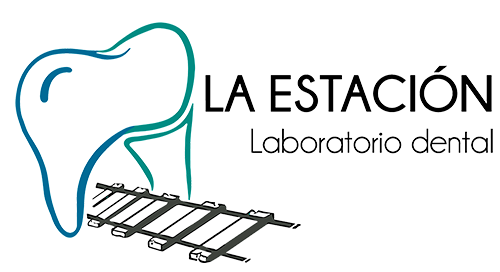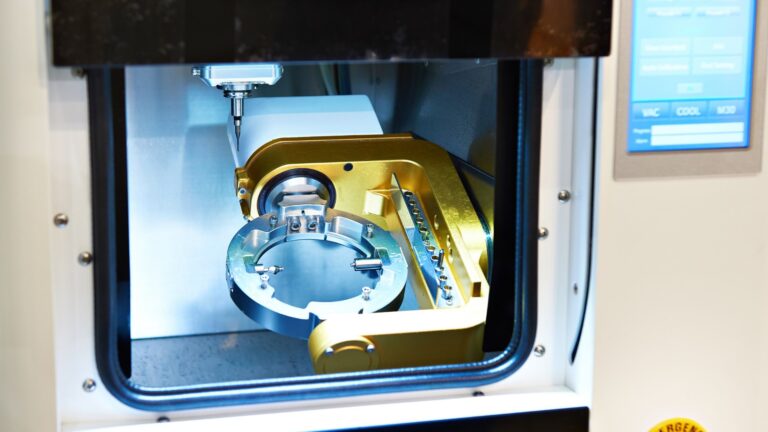How CAD-CAM technology is revolutionizing dental prosthetics
CAD-CAM (Computer Aided Design and Computer Aided Manufacturing) technology is radically transforming the field of dentistry, especially in the creation of dental prosthetics. With the integration of these advanced technologies, dental laboratories are experiencing a significant improvement in the precision, efficiency and quality of their products. In this article, we will explore how CAD-CAM technology is revolutionizing dental prosthetics and what the benefits are for patients and dental professionals.
Precision and Personalization
One of the main advantages of CAD-CAM technology is its ability to design and manufacture dental prostheses with millimeter precision. This level of accuracy is crucial to ensure a perfect fit, which translates into greater comfort and functionality for the patient. Using intraoral scanners, dentists can capture detailed images of the patient's mouth, which are used to create a digital model. This model allows for the design of highly personalized prostheses that adapt perfectly to the individual anatomy of each patient.
Speed in Production
The manufacturing of dentures traditionally required several days or even weeks. However, with CAD-CAM technology, this process has been drastically reduced. Once the digital model has been designed, the prosthesis can be manufactured in a matter of hours using CAD-CAM milling machines. This not only improves the efficiency of the dental laboratory, but also reduces waiting time for patients, allowing them to receive their dentures much faster.
High Quality Materials
CAD-CAM technology allows the use of a wide range of high-quality dental materials, such as zirconia, lithium disilicate and PMMA. These materials are not only durable and aesthetically pleasing, but they are also biocompatible, meaning they are safe and well tolerated by the human body. The ability to work with these advanced materials ensures that patients receive dentures that not only look good, but are also functional and durable.
Efficiency and Costs
Although the initial investment in CAD-CAM technology can be significant, the long-term benefits in terms of efficiency and cost reduction are notable. Dental laboratories can produce more prosthetics in less time, increasing productivity and reducing operating costs. Additionally, the reduction in production time and precise fit of prostheses also decreases the need for subsequent adjustments and corrections, resulting in greater patient satisfaction and fewer office visits.
Innovation in Dental Care
The implementation of CAD-CAM technology in dental laboratories represents a significant advance in dental care innovation. This technology not only improves the quality of dental prosthetics, but also allows dental professionals to offer more advanced and personalized treatments. Patients can benefit from more precise and faster dental solutions, improving their overall experience and oral health outcomes.
Keywords for Greater SEO Positioning
To maximize the SEO positioning of this article, it is crucial to incorporate relevant, highly searchable keywords in the field of dentistry and CAD-CAM technology. Here are some suggestions:
- CAD-CAM technology in dentistry
- CAD-CAM dental prostheses
- Advantages of CAD-CAM in dentistry
- Manufacturing of dental prostheses
- Intraoral scanners
- Advanced dental materials
- Zirconium and lithium disilicate in dentistry
- Digital dental laboratory
- Innovation in dental prosthetics
- Rapid production of dental prostheses
Conclusion
CAD-CAM technology is revolutionizing the way dental prosthetics are designed and manufactured, offering unmatched precision, faster production times and the use of high-quality materials. This innovation not only improves efficiency and reduces costs in dental laboratories, but also provides patients with more comfortable and long-lasting dental solutions. As technology continues to advance, it is likely that we will see even more improvements and benefits in the field of dentistry, cementing CAD-CAM technology as a fundamental pillar in modern dental practice.

